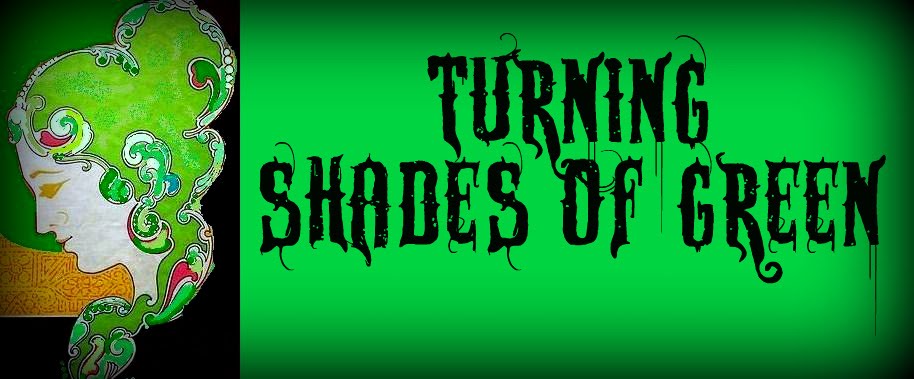Many people I work with seem to think that it is too confusing to figure out the nutrition label.
First thing that is great about a nutrition label is at the bottom you will see a chart of the calories you should be eating per day. Most women are in the 2000 to 1800 calories per day. The older we get the less we should eat, but if you are a active or athletic type you need more to burn more calories when very active. So I look at the first column the 2000 calorie counts.
The sneaky thing about calories and food labels is the top part. That where you see the serving size. Like on some convenient packs that you get from a machine the serving size may say 1 1/2 or even 2 or more. Like some multi-grain crackers a co-worker asked me if it was a healthy snack. She was asking how to read the label. It was low in sodium and saturated fat. It did have sugar but still had under 25% carbohydrates. Better than the candy we have in there.
Carbohydrates are not bad. Really they break down slower and help keep you going between meals. But this is where many people think they should cut to low numbers. The fact is if it is refined flour you should eat less of, adding more whole grains to your meals. This helps you keep going threw the day..
Plus many things that are carbohydrates have natural sugars. Fruit based foods will have more grams of natural sugar like applesauce. We just get the no sugar added applesauce. The label doesn't get to tell you either if it is natural sugars or added sugar.
Potato chips for example. Serving size is 16 chips with 150 calories, 14% sodium, 2% saturated fat and 2 grams of sugar and protein. Not bad but then really are potato chips healthy???
I do look at the label. Most of the time I look to talk myself out of the purchase. I talk myself out of things that are high in sodium. That wonderful bloating effect us women get is helped by high sodium foods. I try to keep it below 25% as I have heard is a good number to limit yourself on many of the nutrients items listed. Because I do snack during the day and try to have a fruit snack once a day, no fat; no sodium to worry about.
I also heard that looking for cereal you want more than 2 grams of fiber, less than 5 grams of added sugar, and less than 2 grams of fat. Many of the "healthy" breakfast cereals still have over 9 grams of sugar but claim to help you lose weight or keep you healthy. But if it has added dried fruit it will be higher sugar because of the natural sugar in the berries. But then I eat oatmeal and try to keep away from prepared breakfast cereals.
The truth is I read the ingredients the most. I check for high fructose corn syrup, refined white flour (sometimes stated as enriched flour) and where the products are on the label. For the top of the ingredients list is the most used. So if you see on a label list wheat flour, and then see sugar at the bottom of the list you know that a little sugar was added. AND as a baker I know that sometimes you need to add sugar to the batter or no one will eat it.
I have cut high fructose corn syrup, refined and bleached flour from our foods. I try to eat more natural things like fresh fruits and vegetables. With getting some frozen for the vegetables and fruit when out of season. That have listed on the ingredients list: the fruit or vegetable and nothing else.
Plus at the bottom of this list of ingredients is a list of allergic ingredients. So if you or your family has any allergies to food products they are listed at the bottom. Many times will state if they are made in the same area as certain things. For those who are highly allergic to certain things. The growing number of peanut allergies in children fall under that warning. If it is made in the same building or area the product was made they note that as; may contain: XXX
The label on this blog is from a cup of soup. One of those heat and eat soups. Serving size is 1 cup but the cup holds 2 cups (serving per container:2) so if you eat this soup for lunch at work you have consumed 50% fat, 52% sodium and 560 calories for the day. Not what you thought when first looking at the label right?
SO it is a good idea to read the labels but also the ingredient list.
Looking for Sustainability ideas
I thought I find a way to keep costs down while still trying to stay eco-friendly. Trying to keep striving for sustainability. This a record of that journey.
Sometimes blunt and straight forward then sometimes sarcastic
This frugal crunchy hipster single momma is doing what she can to save Mother Earth while not breaking the bank!
Sometimes blunt and straight forward then sometimes sarcastic
This frugal crunchy hipster single momma is doing what she can to save Mother Earth while not breaking the bank!
Subscribe to:
Post Comments (Atom)
Labels
eco-friendly
(77)
sustainability
(47)
reuse
(43)
food
(33)
saving money
(26)
recycle
(12)
reduse
(11)
frugal
(10)
green
(10)
very cool
(10)
basics
(9)
crafts
(9)
natural remedies
(9)
cleaning products
(7)
home repair
(6)
free
(5)
upcycle
(5)
waste
(4)
BPA free
(3)
diet
(3)
dreaming
(2)



No comments:
Post a Comment